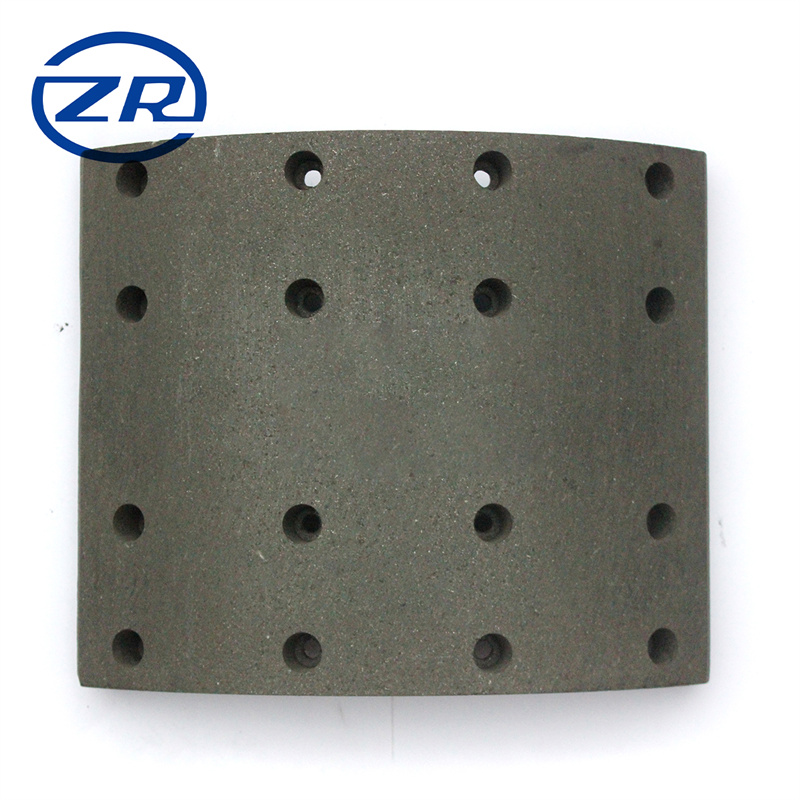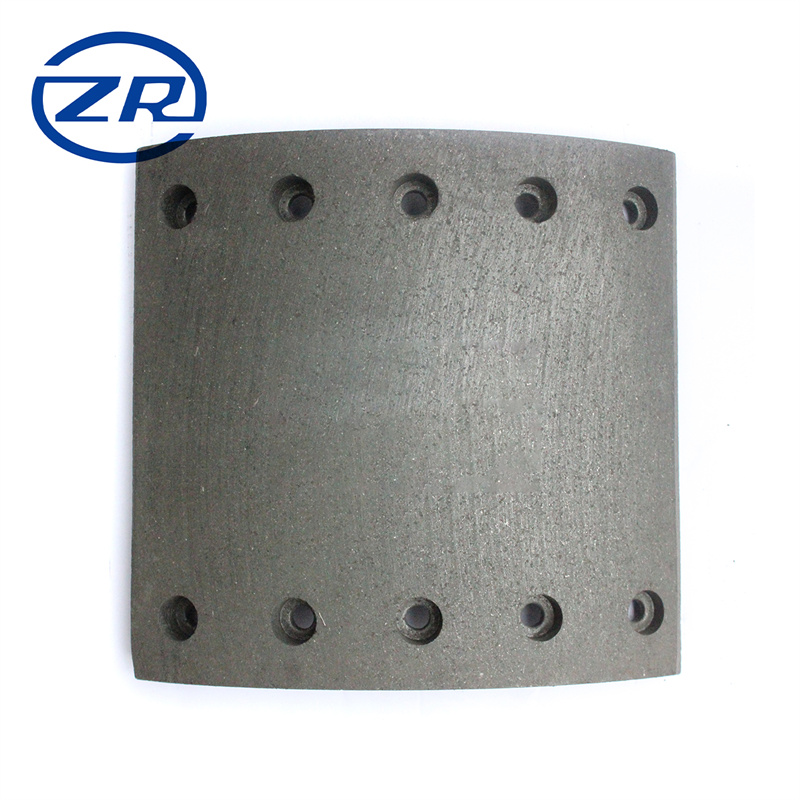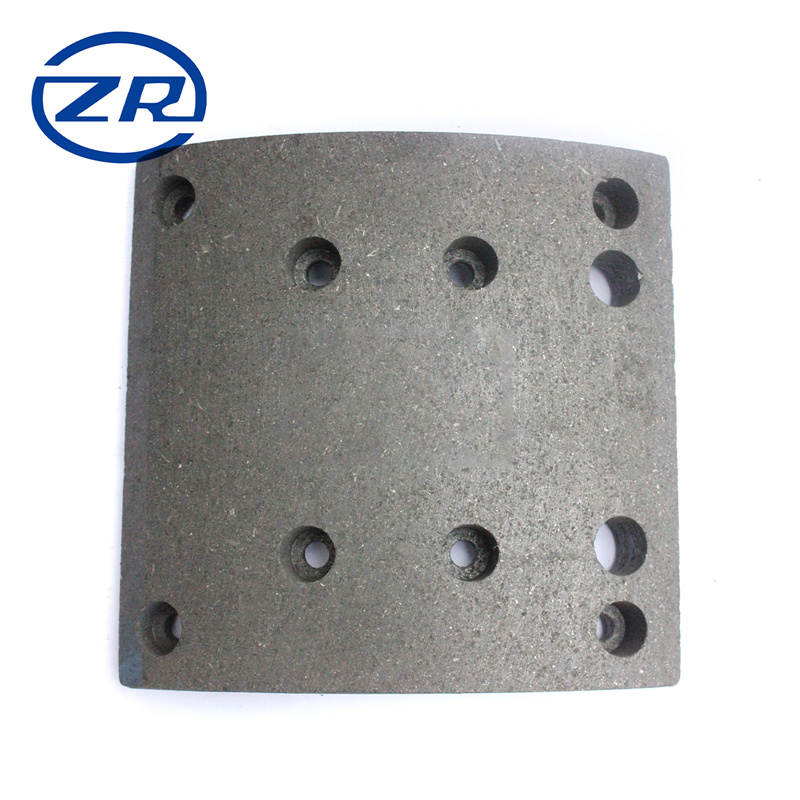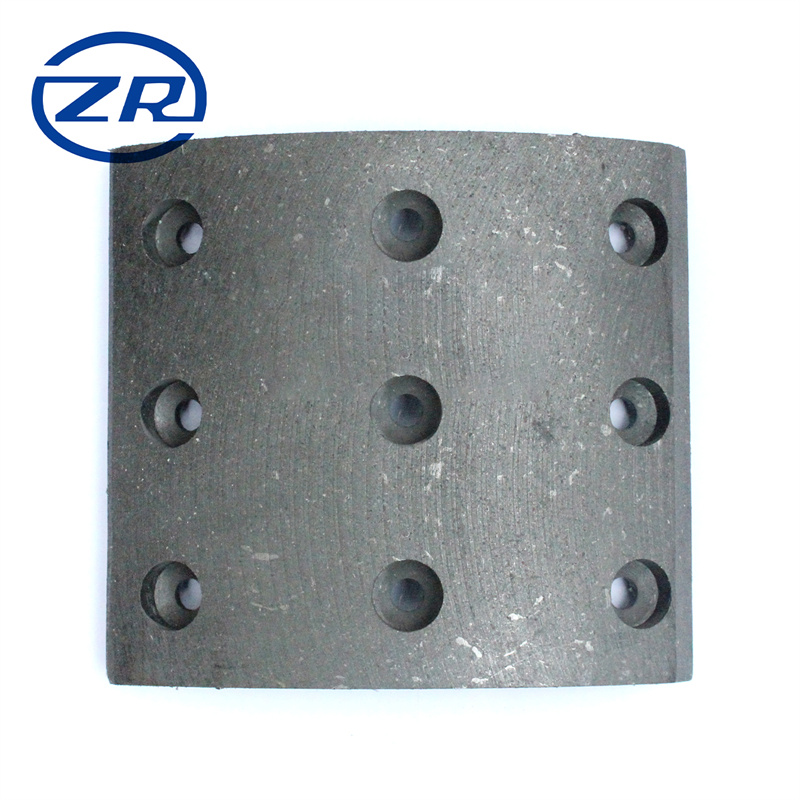Auto And Truck Accessories 19932 Beral Brake Lining
Product Description
Brake lining NO.: WVA 19932
Size: 262*203*19
Application: SCANIA TRUCK
Material: Non-asbestos, synthetic fibre,Semi-Metal
Products Performance And Advantage:
Brake lining regular materials including Non-asbestos, synthetic fibre,Semi-Metal , new developed have green and black particle material.
Specifications
1. Noiseless, 100% asbestos free and excellent finishing.
2. Longlife time in toghest road condition.
3. Exceptional stopping power.
4. Lower dust level.
5. Works quietly.
Semi-Metallic Hybrid Brake lining
Semi-metallic hybrid brake lining mainly use coarse steel wool as the reinforcing fiber and important compound. From the appearance (fine fibers and particles), asbestos type and non-asbestos organic type brake lining (NAO) can be easily distinguished, and they also have certain magnetic properties.
Steel wool has high strength and thermal conductivity, which makes semi-metallic brake lining have different braking characteristics from traditional asbestos brake lining. For example: semi-metallic brake lining have high metal content and high strength, and high metal content also changes the friction characteristics of the brake lining, which usually means that semi-metallic brake lining require higher braking pressure to complete the same manufacturing process. motion effect. Especially at low temperatures the high metal content also means that the brake lining cause greater wear on the surface of the brake disc or drum and at the same time generate more noise.
The main advantage of semi-metallic brake lining lies in its temperature control ability and higher braking temperature. Compared with the poor heat transfer performance of asbestos type and the poor cooling capacity of brake discs and brake drums, they help brake during braking. The rotor disc and drum dissipate heat from their surfaces, and the heat is transferred to the caliper and its components. Of course, if the heat is not handled properly, it will cause problems. After the brake fluid is heated, the temperature will rise. If the temperature reaches a certain level, it will cause the brakes to shrink and the brake fluid to boil. This heat also has a certain impact on the brake caliper, piston sealing ring and return spring, which will accelerate the aging of these components. This is also the reason for reassembling the brake caliper and replacing metal parts during brake maintenance.







